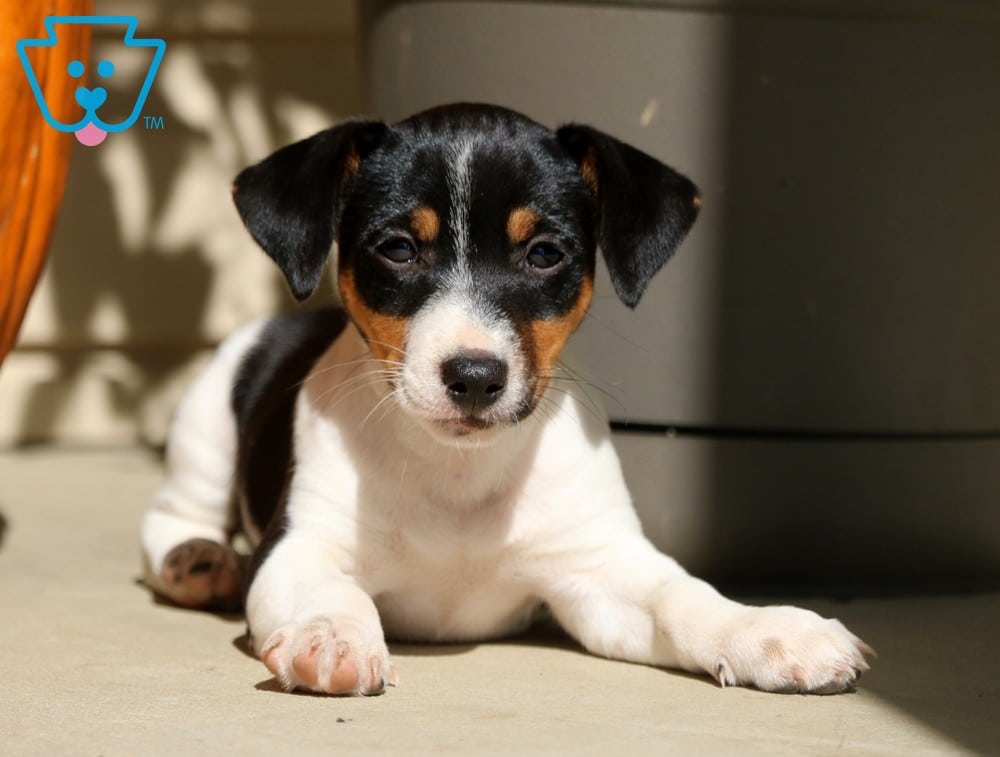
The “sporting parson” as he was known had a passion for fox hunting and is now more famous for his contributions to dog breeding than his clerical career as a vicar.Īlmost all of the modern breeds of fox terrier have some relation to John Russell and his dogs. The Jack Russell Terrier and the similar Parson Russell Terrier and Russell Terrier are all named after one man, Reverend John “Jack” Russell. This all means that this terrier has a lot of diversity and variety within the breed and the gene pool. These dogs were bred for showing mostly and have some slight differences to the Jack Russells that continued to be bred in Britain. Many ex-pats in the 60s and 70s took their terriers with them and formed breeding programmes and breed clubs, and tried to earn the breed the distinction and recognition it had lacked for the last century. BREED HISTORYĪlthough they emerged in England in the late 19th century to be used as fox terriers, the development of the modern Jack Russell breed actually took place in Australia. However, they are definitely not the breed for you if you’re looking for a laid-back lapdog. With proper socialisation, training, and stimulation they are often well-balanced but cheeky little characters. Jack Russells are fast, agile, and like to be kept busy.


This hunting background also means that they are loyal little dogs, and are always ready to join you on any adventure whether it’s a long hike, helping you dig the garden or doggy sports like agility or flyball. This does mean they are tenacious and fearless pooches, with alert minds that need a lot of activity to keep satisfied. This tough terrier is pretty hardy and has a high prey drive because they were historically bred as hunting dogs. They’re super smart and can have a stubborn streak, so although you can teach your JRT a whole repertoire of tricks, you might have to convince them to show them off. Like many terrier breeds, the Jack Russell is a small breed with a big personality.


 0 kommentar(er)
0 kommentar(er)
